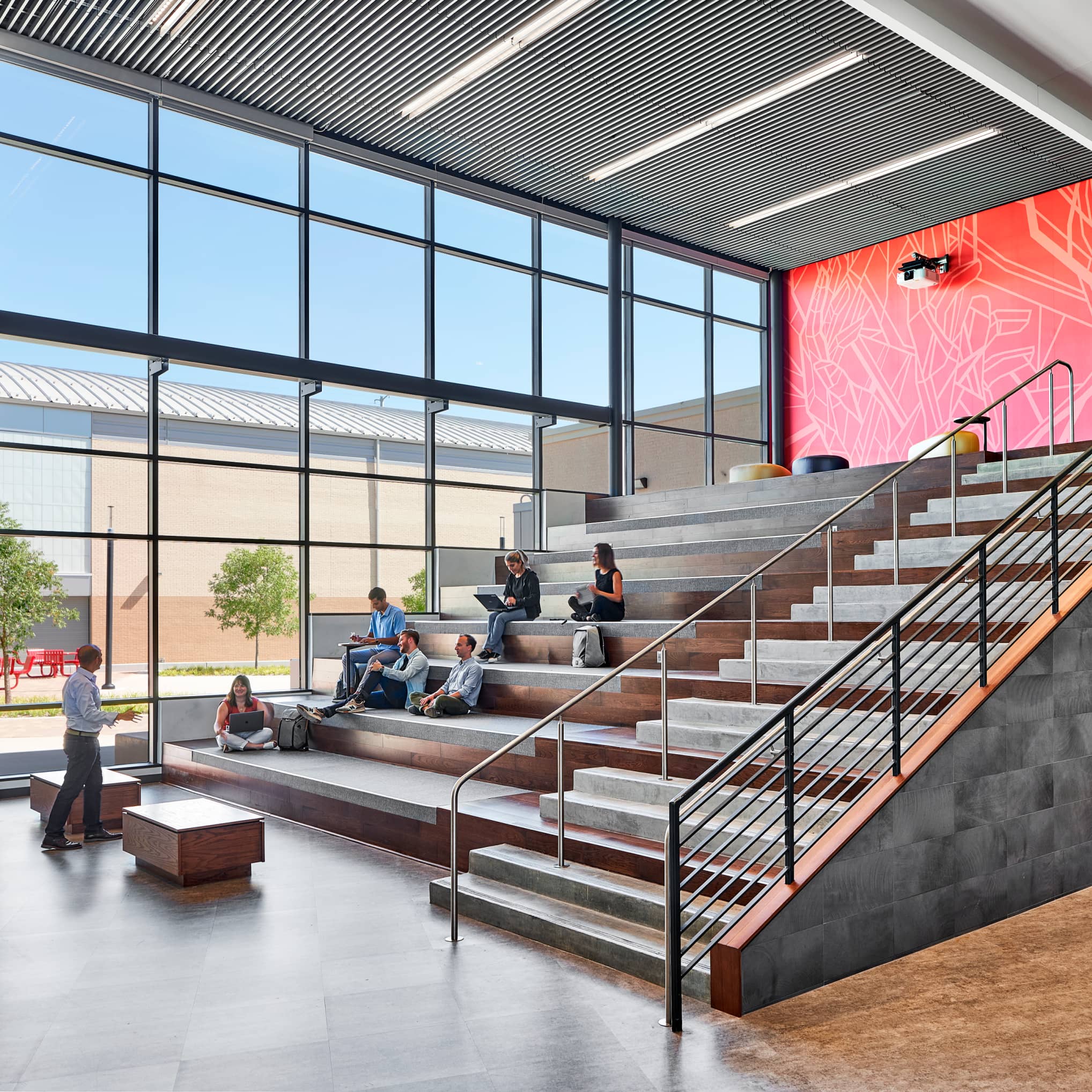
Why Going Back to School After COVID-19 Won’t Be a Return to Normal
As we mark the approximate one-year anniversary of COVID-19 lockdowns across the United States and much of the world, there are two major questions the Education ecosystem is grappling with: How did this happen, and what do we do next? The answers offer us a great opportunity.
How it Happened
In hindsight, there were warning signs. The common cold — which is also caused by coronaviruses — has caused disruptions in schools and nursing homes for decades. The flu is less infectious than COVID-19, but it has also shut down campuses for weeks at a time when outbreaks get particularly severe. For many years, these interruptions were considered “normal,” with teachers often joking that the first year of teaching is spent building immunity to the many pathogens they encounter in the classroom.
Then COVID-19 emerged, and seemingly overnight, we went from “school as normal” to scrambling to adopt virtual learning. Now, school districts across the world are implementing a variety of interventions and waiting for the day when they can go “back to normal.”
But the problem with “back to normal” is that we’re left just as vulnerable as we were before, or perhaps more. The likelihood is that COVID, with its mutations, will become another cold, another flu, meaning another shot we get each year with the hope that we won’t find ourselves in the midst of an epidemic.
Because we had never experienced a pandemic like COVID-19 to show us how vulnerable the classroom is, we didn’t have the technology and resources to implement affordable healthier alternatives.
But now that we have more information at our disposal, we face a choice. Do we return to “business as usual” after COVID? Do we keep building our schools without thinking about how they fit into the transmission of disease and the risk of pandemic or localized outbreak?
Do we keep building our schools without thinking about how they fit into the transmission of disease and the risk of pandemic or localized outbreak?
What We Do Next
Ideally, the future is a more refined, better-informed series of strategic interventions. We have the research; we know what works. Research aggregators like the WELL Building Standard, Harvard School of Public Health’s Healthy Buildings Program, and the CDC guidelines for Ventilation in Schools and Childcare Programs make clear the impact our learning environments can have on infection control specifically and student health more broadly.
The recommendations include
- Consider operable windows
- Test our indoor air quality (IAQ)
- Improve our ventilation standards for new construction
- Recommission and update our existing HVAC equipment
- Supplement with in-room air purifiers
- Boost student and faculty immune systems with biophilia and access to natural light
- Enhance water quality and nutrition standards
- Specify healthier building materials without dangerous chemical components or off-gassing properties
- Design for touchless circulation and fixture use
The real challenge comes during planning and implementation. Not all of these strategies are applicable to every campus. Each district — each school — will have to be analyzed for opportunities, resources, and needs before selecting the final solution. Progress may be piecemeal as campuses are strategically renovated or replaced. The goal is not to build Rome in a day but to have a conversation about where our opportunities lie to benefit student and faculty health long-term.
The Opportunity
If there was ever a time to have these conversations, it is now. Parents and communities have a first-hand experience of the importance of health and schools and how our environments are different when we are thinking about transmission risk. It is likely that communities will see bonds for health-related upgrades as an essential investment akin to Tornado Shelters or student technology — not just part of the new paradigm, but a responsible stewardship of resources. And if a project is already planned — whether renovation or new construction — your design team can likely present options for multiple price points, making healthier spaces accessible at any resource level.
We know the rewards for doing so. Healthier students and faculty can mean higher attendance, resilience to outbreak, less disruption to instruction, higher student performance, and possibly even teacher retention. The school building can be a wellness program with 100% participation.
So as the world races to deliver COVID vaccines, it’s time for us to question whether we’re content to go “back to normal.” We have witnessed what happens when the old standard meets new realities. As we prepare bonds and buildings for the future, will we learn from our mistakes, or are we content to risk repeating history?
At HKS, we are here to talk about your facilities — current and future — and how to enhance the resilience, flexibility, and well-being of your learning environments.


